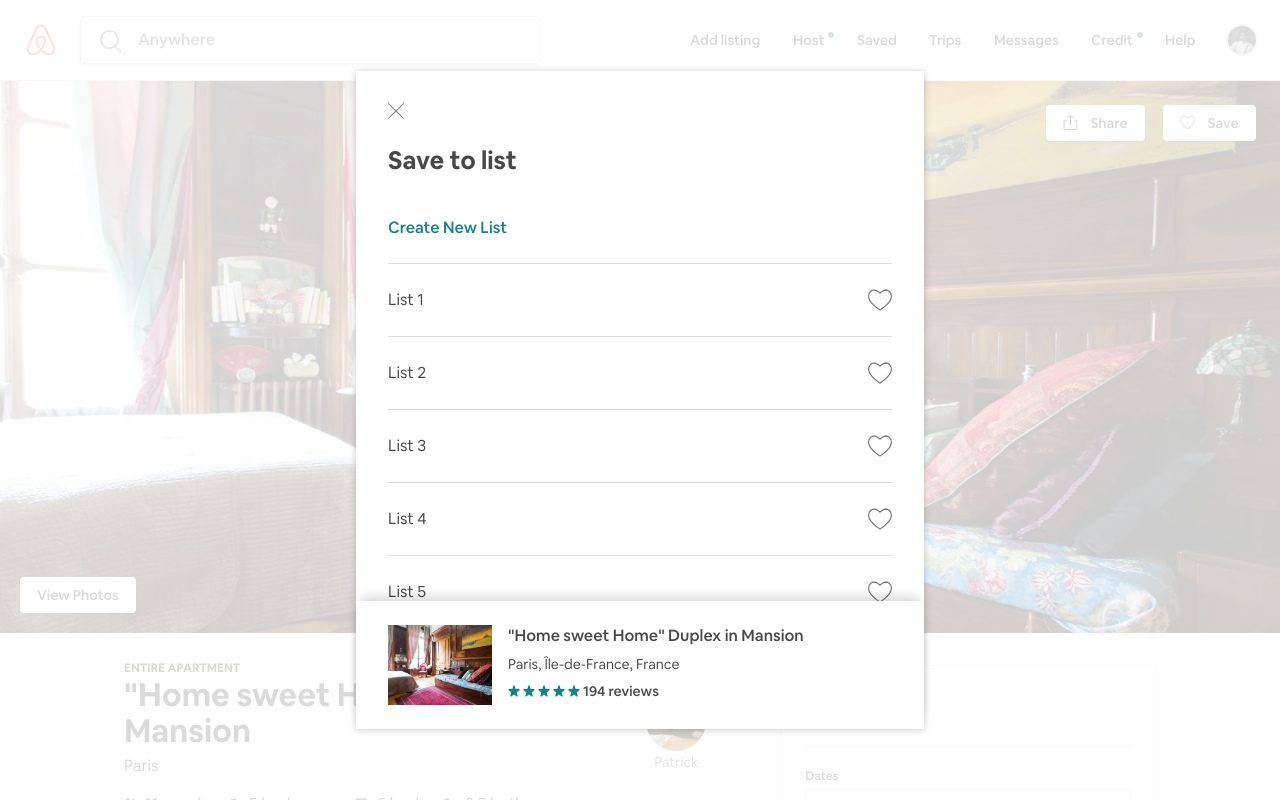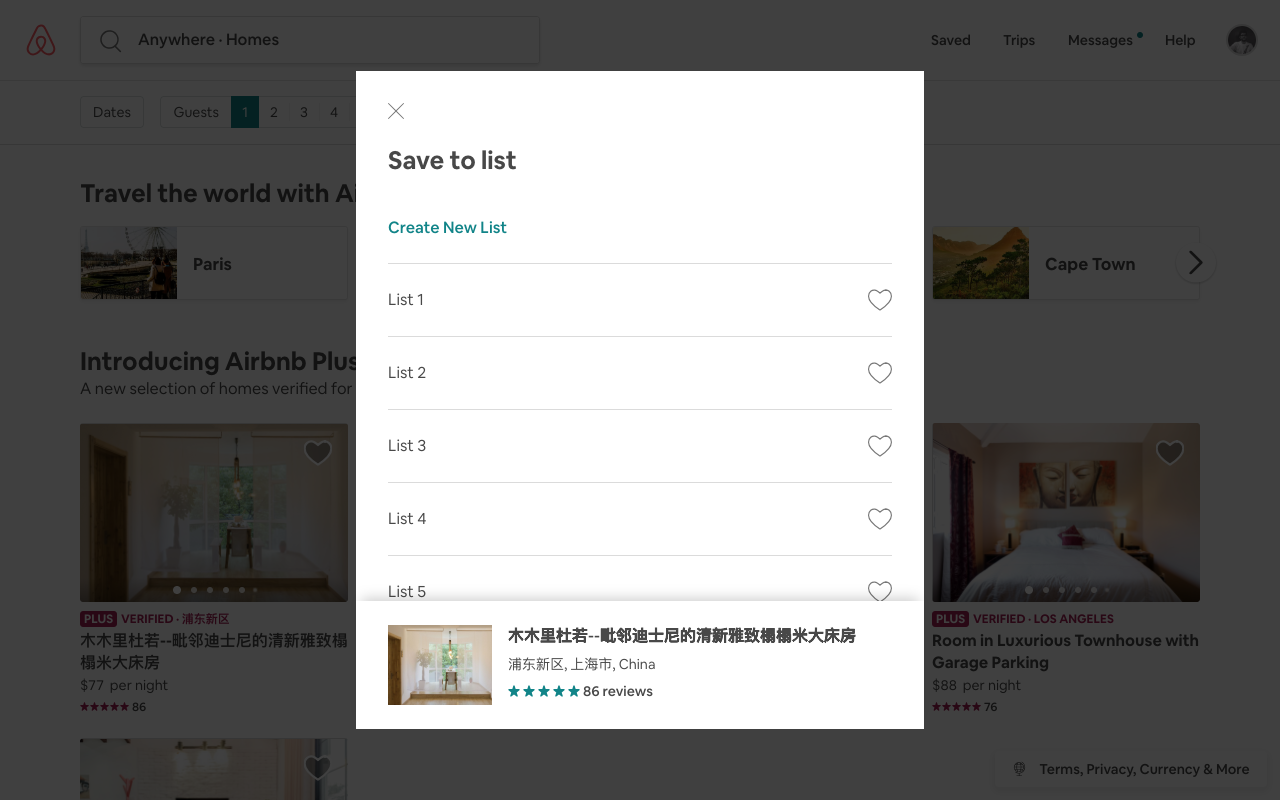Pineapples might look cool, but that doesn’t mean that every fruit should be spiky. (source)
We all have been there: you have been with your team in a room for a couple of hours now, and it seems you hit a dead-end while discussing one design problem. Suddenly, someone brings up the solution for it all:
How does Facebook do it?
Did you check Airbnb?
Material design has a guideline for that!
I really like how MailChimp does it.
If Twitter does that, there might be a good reason!
Big tech companies have great design teams. Even better: they share their tools, libraries, and process with us all in well organized and accessible articles and websites.
While looking at what big tech companies are doing can be a great resource, that doesn’t mean that you should copy their design solutions to answer your design problem. As soon as design decisions are based on “that’s how company X does”, we are ignoring the fundamental role of design in the first place: to improve the product with your user in the center.
As soon as design decisions are based on “that’s how company X does”, we are ignoring the fundamental role of design in the first place: to improve the product with your user in the center.
That might sound like stating the obvious, but depending on the design maturity of your company, it’s good to educate with your team why just copying a competitor is hardly the right answer. Not everyone in your team might have the same knowledge as you have of how different contexts and different users require different solutions.
It’s time we have that talk…
Next time someone brings up “that’s how the company X does”, use this opportunity to step back and have a broader talk about the design process and the importance of having a tailored experience for your users. A few talking points to help you with that:
- Different products, different use cases. Taking something from a third-party product and copying into yours can be dangerous since the analogy is rarely the same. The way you select a time for a flight (what are the best dates for a 4-day trip next month?) might not work for scheduling a doctor’s appointment (when is the next morning slot available?).
- Your experience is not the same of your users. Back to your team meeting scenario: even in that room, some people might love how Google Inbox group emails, while other people might hate it. Can you state with confidence who is your user, and who is your competitor’s user?
“The problem with copying: you have no idea if that solution was successful” Sarah Doody
- Their product also change. You have been using a competitor as a reference, and, when you go back there to show it to someone else, boom: they have changed their interaction. What should you do? Change yours as well? Keep trying to catch up and being a follower? Your competitors are also continually questioning and reevaluating their product. In this process, they are also making trade-offs and compromises.
- You are not creating a competitive advantage. By just following the competition, you don’t have a foundation to evolve your work. You are not creating a competitive advantage for your business. The version you see on a competitor website was probably designed six months ago. They are likely working on an improved iteration for their goals by now. When your version is live, it will have been a year since the competitor designed theirs. And the world might have just changed.
- Your experience should convey your brand’s DNA. What’s your brand core value? What are your design principles? Are you offering your users a cohesive experience? Often, when colleagues say they liked a feature, they are in fact referring to their whole experience with the competitor. They have been having a great, consistent experience with that brand, and that micro-interaction just happens to feel right in that context.

“Well, Airbnb uses a light-background modals. So it should be fine for us too!”
Have productive conversations about competitors
It’s inevitable to hear about competitors and other references in our day-to-day and it’s easy to let it go from being a constructive conversation to affect our practice. Here are some tips on how to manage it:
Shift the focus back to your product
Every time that someone brings up a reference, shift the focus of the conversation back to your product.
Start by asking why their experience with that reference was good:
Why did you like your experience with that product?
Then, repeat it back to them in the context of your project and your users:
So, you are saying that our users need real-time feedback for our messaging tool. Did I get it right?
You will have an excellent insight to explore in your project and an assumption to validate during your research.
Focusing on discussing what competitors are doing can shift the focus away from understanding what your users need, and quickly become a discussion around personal preferences. And you pay for the consequences.
Build a shared understanding
A good exercise to engage the whole team can be printing a few screenshots from competitors and other references (including awful ones), putting them on a wall and asking for your team members to list what they like and dislike about each one. Have everyone reading and explaining their lists. Take notes on why they like certain things, not what they like and share the outcome.
If you need to do it remotely, you can share (on Slack or whatever channel your team uses) the problem with the team and ask for references:
I’m looking for Conversational UI ideas, what have you all been using? Any good experiences to share?
From there, you can synthesize a similar outcome from the exercise. Make the first move to understand where everyone is coming from and what expectations will need to be aligned with the project across the team.
Do a competitive research
Collect the references shared with you to do proper competitive research. Having it as a clear step in the process and sharing the results with the team is crucial to collect insights from competitors early on with a more objective research perspective.
Everybody has opinions about the product they are working on or experiences they had with competitors. And they would love to share it. However,
Don’t let your design become a patchwork of opinions and design patterns from competitors.

Airbnb also has a dark-background modal. One might be a legacy or an edge case. The truth is: they have a fantastic design team and product, but you don’t know the context of their decisions.
Everything looks better in a case study
The approach discussed here is not limited to the competitor product. It can easily extend to all content about design out there. As our feeds are flooded with design content, it’s hard not to be over-inspired — then super frustrated, by all the design systems and perfect case studies we see out there every day. This tweet by Diana Mounter sums it up perfectly:
When a case study, article, or design system is used as a reference by a colleague, the same competitive analysis framing should be used (an additional content marketing filtering is also recommended).
Always carry your research lenses with you.
Questions to ask yourself
You have seen something that can be useful to your design problem. Instead of saying let’s do it like them! Or just sharing the link in a Slack channel, rationalize and communicate why and how it fits your problem. Interview yourself as the user. Understand your context and your bias as a user and do your best to separate it from your design work:
Why did I like the experience with that product?
Where am I coming from?
How does if fit or not my project?
As designers, we are used to asking questions all the time for everything we see. We need to take this process out of our head and put it somewhere that we can share and present to the team.
You will surely still going to hear — or say — ”what about Airbnb?”. Make sure this question is part of your design process, not of your design solution.
